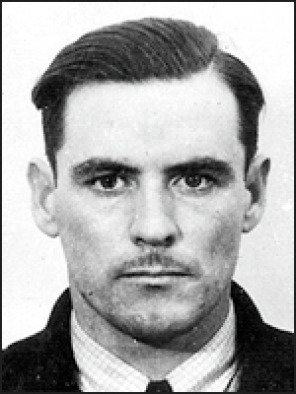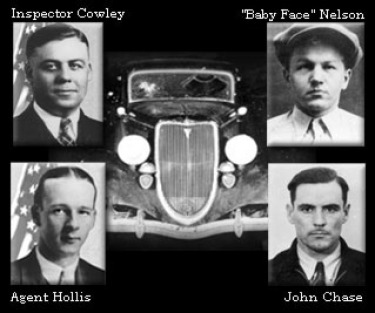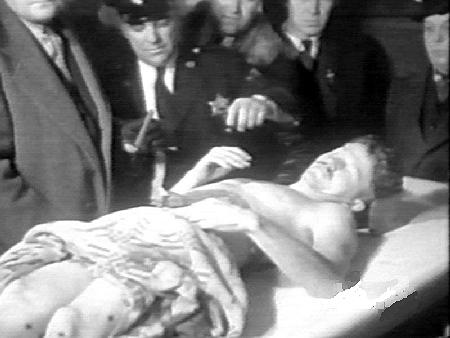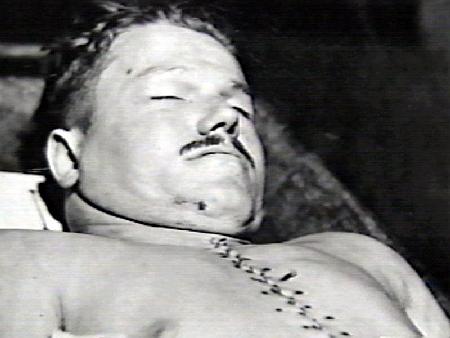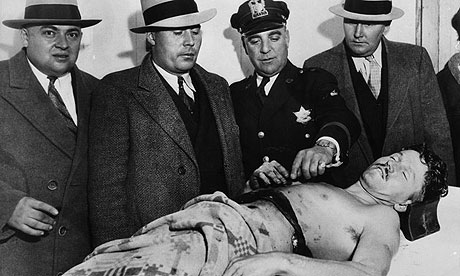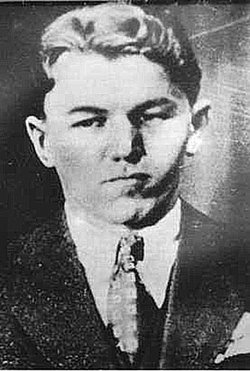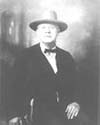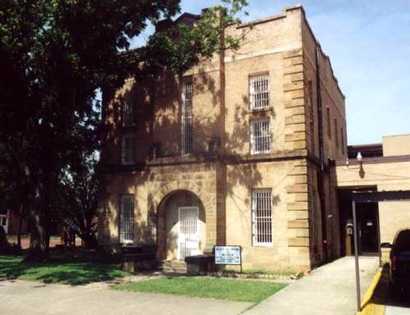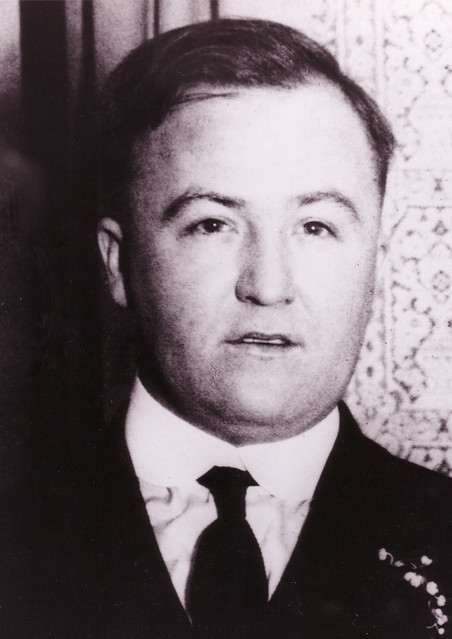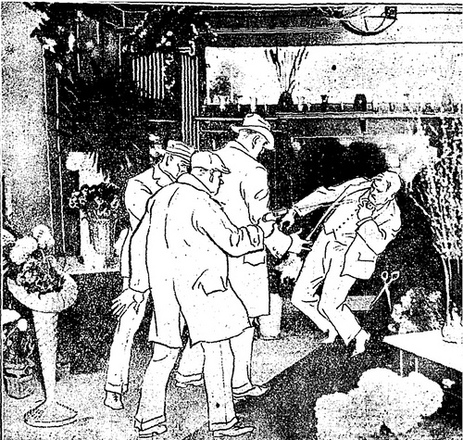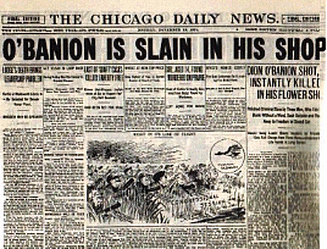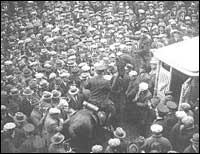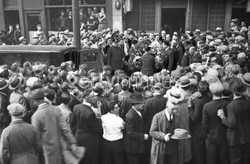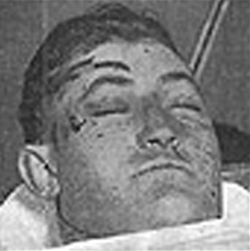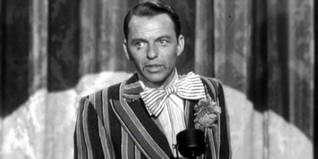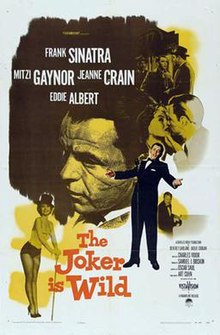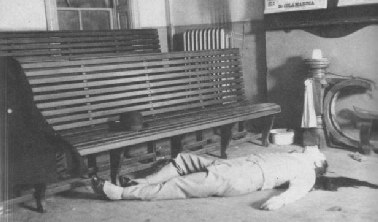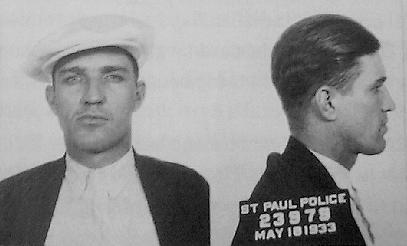
Tommy Carroll
All goes well until a busybody madam of a local whorehouse, trying to score brownie points that will assuage her own illegal activities, calls a local detective to tell him that she has spotted a machine gun in the car of a recent frequent patron from "up North." The tip is in turn passed on to the Special Agent in Charge of the San Antonio field office of the FBI, Gus Jones. An initial check of the apartment where Carroll and Fisher are staying however finds nothing out of the ordinary, but when the madam once more calls with a new tip about a "gangster" coming over to take one of her girls out horseback riding, two detectives, Henry C. Perrow (some accounts also have the officer named as H.C. Perrin) and Al Hartman decide to investigate ... a decision only one of them will live to regret.

Jones
When ex-boxer turned bank robber Carroll arrives in a cab and picks up his "date," the two officers follow in their unmarked car. The wary outlaw though notices the car following behind and in the middle of downtown San Antonio, only a half a mile or so from the Alamo, he orders the cab driver to stop. Leaping from the vehicle, Carroll is instantly in flight, running around a corner and up an alley ... a dead end alley. Behind him, fifty-six-year-old Perrow, carrying a sawed-off shotgun, and Hartman, armed with his service revolver, race into the alley after their quarry and with no out for anyone, a one-sided gun battle takes place. Before he can react at all, Carroll's first bullet strikes Perrow, a fifteen year veteran of the police department, right between the eyes, killing the detective instantly and accurate firing continuing, the outlaw's next shots shatter the right wrist and elbow of Hartman (Hartman will crawl out of the alley and empty his pistol at Carroll, but the wounds and distance allow the killer to escape without a scratch).
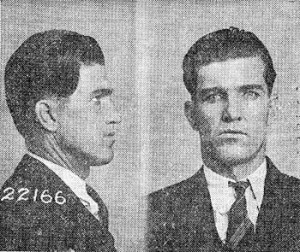
Carroll
Enemies down, Carroll then jogs out of the alley and after using his gun to commandeer a ride from the driver of a pickup truck who has the misfortune to be passing by at the wrong moment, is soon on the road north, headed back to St. Paul, vacation over (the rest of the gang also flees town at the news of the shootout ... all but Fisher that is, he is a little too tardy relocating and Jones will arrest the crook, starting the bandit on his way to a term in Leavenworth Prison on already existing robbery charges).
Perrow
Justice delayed but not negated, the next year, 1934, Carroll will again be confronted on a city's streets by officers of the law with much different results ... last stop Waterloo, Iowa, at the age of only thirty-three.


